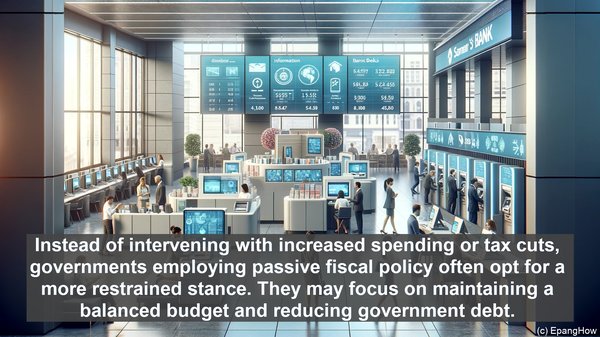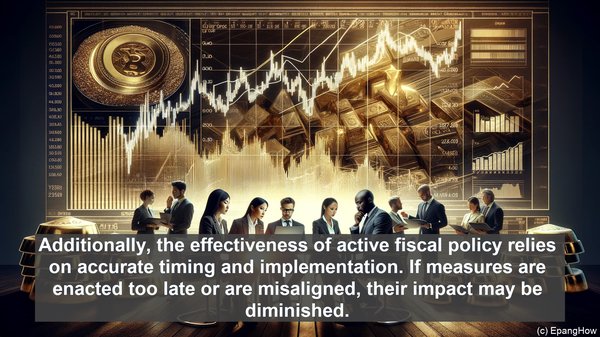Introduction: The Crucial Role of Fiscal Policy
Hello, everyone! Welcome to today’s article, where we’ll be diving into the world of fiscal policy. As governments grapple with economic challenges, fiscal policy emerges as a powerful tool. It involves the use of government spending and taxation to influence the economy. Today, we’ll be focusing on two distinct approaches: active and passive fiscal policy.
Active Fiscal Policy: A Proactive Stance
Active fiscal policy is characterized by a proactive approach. When faced with economic downturns, governments employing this strategy swiftly respond with measures to stimulate the economy. These measures often involve increased government spending, aimed at boosting demand and encouraging economic activity. Additionally, active fiscal policy may also include tax cuts, providing individuals and businesses with more disposable income. By injecting funds into the economy, active fiscal policy seeks to jumpstart growth and counteract recessions.

The Pros and Cons of Active Fiscal Policy
One of the key advantages of active fiscal policy is its potential to quickly revive a sluggish economy. By injecting funds, it can create a multiplier effect, where increased spending by individuals and businesses generates further economic activity. Additionally, active fiscal policy can be targeted, with funds allocated to specific sectors or projects. This can lead to job creation and infrastructure development. However, active fiscal policy also has its drawbacks. It can lead to increased government debt, as spending surpasses revenue. Additionally, the effectiveness of active fiscal policy relies on accurate timing and implementation. If measures are enacted too late or are misaligned, their impact may be diminished.
Passive Fiscal Policy: A Hands-Off Approach
In contrast to active fiscal policy, passive fiscal policy takes a more hands-off approach. It emphasizes market forces and believes that the economy will naturally correct itself. Instead of intervening with increased spending or tax cuts, governments employing passive fiscal policy often opt for a more restrained stance. They may focus on maintaining a balanced budget and reducing government debt. The underlying belief is that market mechanisms, such as interest rates and consumer behavior, will guide the economy towards equilibrium.

The Pros and Cons of Passive Fiscal Policy
One of the key advantages of passive fiscal policy is its potential to avoid excessive government debt. By maintaining a balanced budget, governments can ensure long-term financial stability. Additionally, passive fiscal policy can be seen as less interventionist, allowing market forces to dictate economic outcomes. However, critics argue that passive fiscal policy may be insufficient during economic downturns. Without government intervention, the economy may struggle to recover, leading to prolonged recessions. Additionally, the lack of targeted measures in passive fiscal policy can result in uneven outcomes, with certain sectors or regions facing more significant challenges.
